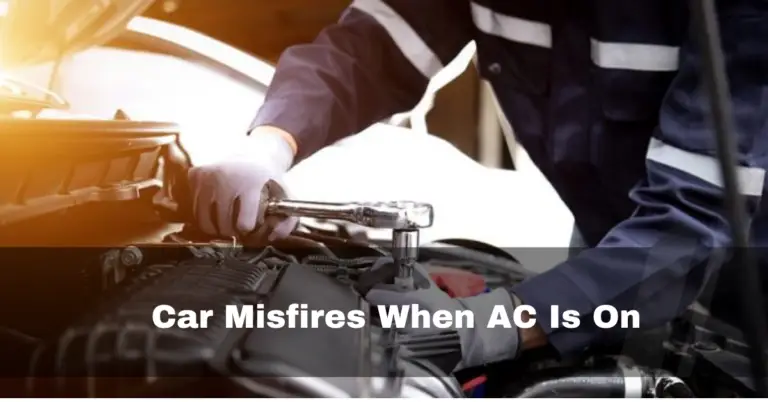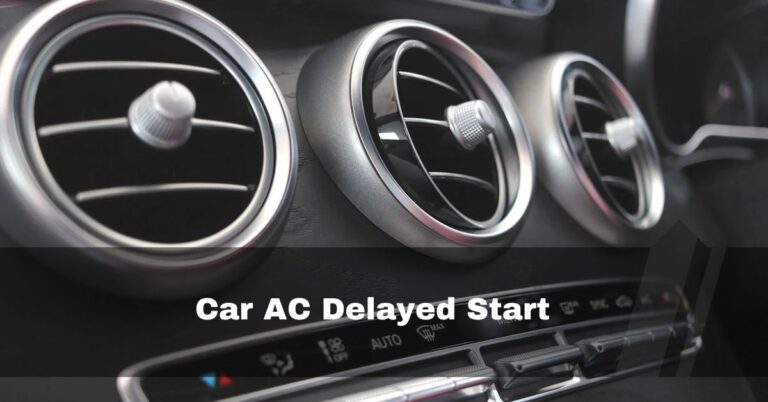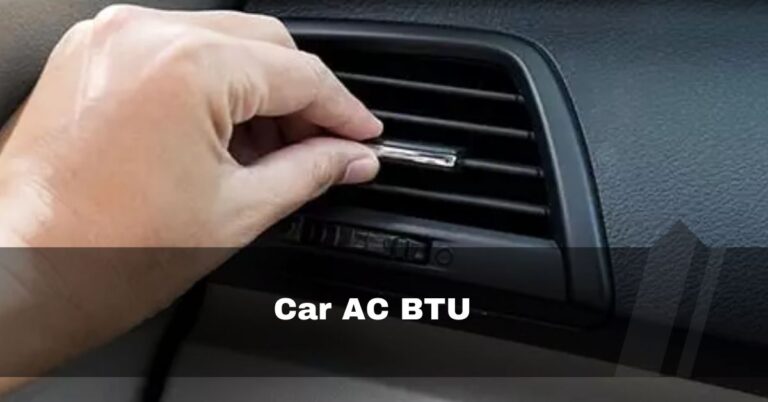AC Recharge Hose Won’t Fit – 7 causes and solutions – 2023
The AC system might lose its efficiency, requiring a refrigerant recharge. This process involves using an AC recharge hose to add refrigerant.
A defective AC compressor, poor construction of the hose fitting, Hose compatibility, failure to pull up the lock ring, and a low-quality connector are the most common causes.
But what do you do when the AC recharge hose doesn’t fit? Let’s explore the potential reasons behind this issue and possible solutions.
Table of Contents
Causes Behind Why AC Recharge Hose Won’t Fit: What Are The Possible Solutions:
1. Hose Compatibility:
Compatibility difficulties are one of the leading causes of an AC recharge hose not fitting. Manufacturers may employ several sorts of fittings for their recharge ports because AC systems are available in various designs.

The refrigerant cans that are for sale frequently have adaptors that fit a variety of ports. However, there is a potential that the adaptor supplied will not fit the port in your vehicle.
Solution:
Confirming the fitting your car’s AC system uses and ensuring the adaptor on the recharge hose matches is critical. To assure compatibility, a universal adaptor kit may be required occasionally.
2. Low-Quality Connector Hose:
When connecting the connector hose to the AC recharge port, using a good-quality or improperly fitting connector hose can cause issues. Poor-quality hoses need more flexibility or sealing components, making them attachment-resistant.

Solution:
Purchase a dependable brand’s premium AC recharge kit as a solution. These kits frequently include hoses that are made to match different kinds of ports, guaranteeing a tight and secure connection.
3. Port Damage Or Blockage:
Components of an AC system may deteriorate or sustain damage over time. The valve at the recharge port could be broken or deformed, making it challenging to connect the hose securely. Furthermore, the port could become blocked by debris or pollutants, making it impossible for the hose to attach correctly.

Solution:
Examine the charging port thoroughly for any indications of obstruction or damage. Before attempting a recharge, it is advised to have a qualified mechanic inspect and fix the port if you discover any problems.
4. Low-Pressure Cut-Off Switch:
Safety mechanisms are present in contemporary vehicles to guard against AC system damage. One such feature is the low-pressure cut-off switch, which prevents the AC compressor from turning on if the system pressure is too low. If the pressure falls below the threshold, this switch may stop the recharge hose from fitting correctly.

Solution:
If your AC system runs low on refrigerant, you may need to jump-start the compressor by turning off the low-pressure cut-off switch. It needs to be done carefully, ideally by a licensed mechanic.
5. Faulty AC Compressor:
The AC compressor is in charge of pressurizing the refrigerant and is crucial to the cooling process. The pressure levels in the system may be affected if the compressor is broken or not engaging correctly, making it challenging to attach the recharge hose.

Solution:
It is advised that you call a qualified mechanic if you suspect a malfunctioning compressor. They can identify the problem and decide if the compressor should be repaired or replaced.
6. Failure To Pull Up The Lock Ring:
Many AC recharge ports have a lock ring that must be raised to attach the hose. This lock ring ensures a tight seal and keeps the hose from coming undone when recharging. Fitting the hose may be challenging if the lock ring is not pulled up.
Solution:
Be sure to raise the lock ring on the recharge port before connecting the hose. Look at the connector while pulling and releasing the locking ring while it is upside down to see if the ring is operating properly. It will make it easier for the hose to glide onto the port correctly.
7. User Error:
The problem could occasionally be a user error. Precision and good skill are needed to connect the recharging hose. The hose might not fit the port tightly if it is not positioned correctly.

Solution:
Carefully read the recharge kit’s included instructions. Pay particular attention to how to connect the hose to the port correctly. Verify your actions again to ensure that you are following the instructions as instructed.
FAQs:
1. What Size Are Refrigerant Hose Fittings?
The diameters of refrigerant hoses, starting from the inside diameter, are 14, 38, 18, and 58. Hoses often come in 14-inch sizes. The most typical refrigerant hose is between three and five feet long. The 5-foot hoses work with a variety of HVAC tools and are suitable for the majority of applications.
2. Are All AC Hoses The Same Size?
The interior diameter of a portable air conditioner vent or hose will vary depending on the unit, but it usually ranges from 4 to 6 inches.
3. Are R12 And R134 Fittings The Same?
R12 employs fast disconnect fittings (right), whereas R134a uses threaded fittings (left). However, there are several reasons to forgo this modification if you want to go the extra mile in maintaining your car’s uniqueness and worth (and you have more money to spend).
4. What Size Hose Fitting Do I Need?
Standard sizes for garden hose connectors are 3/4 and 5/8 inches. The hose’s internal diameter determines it. Garden hose fittings come in various sizes, with 3/4-inch (11.5 NH) fittings being the most popular. Additionally, this size is ideal for business use.
5. Why Won’t My Air Conditioner Take Refrigerant?
A part inside may be damaged. Before you can replenish the Freon, you must repair the compressor. There is a Freon blockage if you see extremely high pressure on the high side gauge and shallow pressure on the low side gauge. Check the expansion valve or orifice tube first.
6. What Happens If You Put R134 In R12?
As previously noted, mineral oil is typically used in R12 systems, which are incompatible with R134a. R134a may prevent mineral oil from returning to the compressor or hinder heat transfer when it comes into contact with the oil.
Conclusion:
Trying to fix an AC recharge hose that won’t fit can be frustrating, especially when you’re hoping for a cool and comfortable ride. You can systematically troubleshoot the issue by considering variables like a broken AC compressor, poor-quality hoses, lock ring problems, and user errors. Always prioritize safety and accuracy when working with automotive AC systems. If you need help fixing the problem yourself, consulting a qualified mechanic will help.







